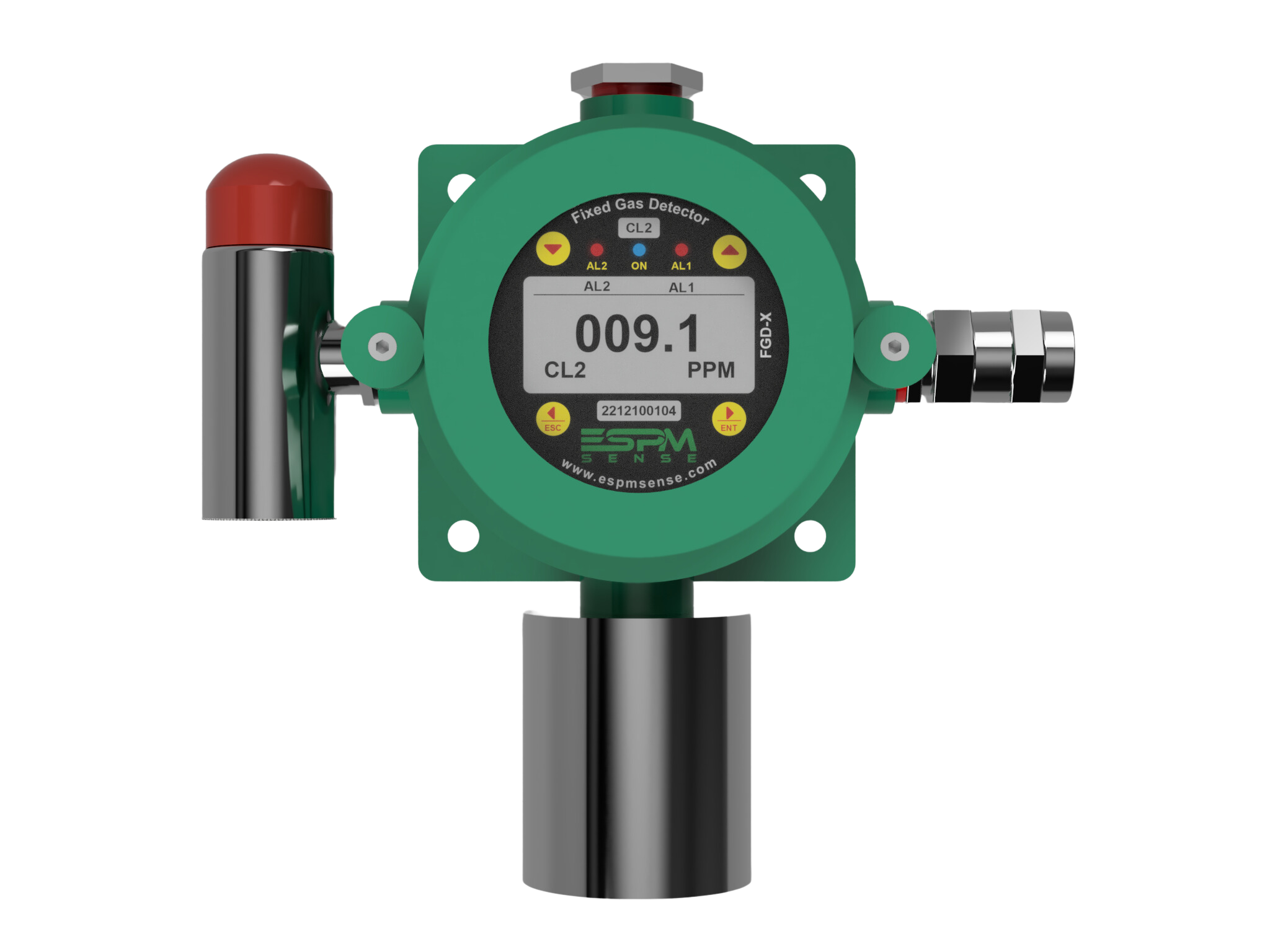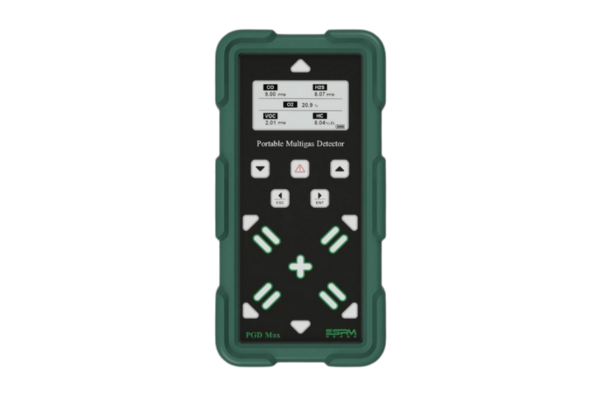Workforce Protection
Detectors monitor the air continuously and activate alarms when gas concentrations reach unsafe levels. This gives workers time to evacuate, don protective gear, or stop operations safely.
Note: Please read in 'Desktop View' for best experience. Hope you get valuable and implementable knowledge from this!
Understanding Why Gas-Leak Detection is Crucial in Industry
In industrial environments, invisible threats like gas leaks can have devastating consequences. Whether it’s toxic gas exposure, flammable leaks, or oxygen displacement, undetected gases pose serious risks to workers, operations, and infrastructure. These leaks may originate from faulty equipment, pipe failures, storage tanks, or during maintenance activities.
The impact of gas leaks goes beyond safety—it affects compliance, productivity, environmental integrity, and brand reputation. With industrial processes often involving hazardous substances, having robust gas-leak detection systems is not optional—it’s critical.
In this blog, we examine why gas-leak detection is crucial for industrial operations. We'll explore the risks of undetected leaks, how detection systems mitigate these dangers, the technologies that enable reliable monitoring, and how different industries implement gas detection for protection and performance.
Detectors monitor the air continuously and activate alarms when gas concentrations reach unsafe levels. This gives workers time to evacuate, don protective gear, or stop operations safely.
By identifying leaks early, facilities can repair equipment before major failures occur. This reduces downtime and prevents costly damage to machinery.
Real-time monitoring helps industries maintain records of gas levels, ensuring compliance with safety regulations and making audits easier.
Early leak detection prevents product loss (especially when handling flammable gases like natural gas or refrigerants), reduces insurance premiums, and lowers liability risks.
Toxic gases like hydrogen sulfide (H₂S), ammonia (NH₃), or carbon monoxide (CO) can cause poisoning or death even at low concentrations. Combustible gases like methane (CH₄) or LPG can trigger explosions if they reach their lower explosive limit (LEL) and are exposed to an ignition source.
A gas leak can lead to emergency shutdowns, equipment damage, and unplanned downtime—all of which significantly affect productivity and profitability.
Failing to monitor and control gas leaks violates safety standards set by agencies such as OSHA, NIOSH, and CPCB. This can result in hefty fines, legal action, or even license suspension.
Many industrial gases are pollutants. VOCs, for instance, contribute to air pollution and ozone layer depletion. Unchecked emissions can damage ecosystems and invite regulatory scrutiny.

Fixed Gas Detectors are permanently installed in hazardous zones like process areas, pump houses, and storage rooms. They continuously monitor air quality and are often connected to alarms or control panels for instant alerts.

Portable Gas Detectors are handheld or wearable units used by maintenance staff or safety personnel. They’re ideal for inspections, confined space entry, or mobile work zones.
Maintenance: Regular calibration and bump testing ensure long-term reliability and performance—making it critical to include detector upkeep in safety protocols.
Conclusion
Gas-leak detection isn’t just about meeting compliance—it’s about saving lives, safeguarding infrastructure, and keeping operations running smoothly. With a growing focus on industrial safety and environmental responsibility, investing in reliable detection systems is no longer optional—it’s essential.
Undetected leaks can lead to explosions, toxic exposure, or expensive shutdowns. But with the right mix of fixed and portable detectors, backed by proven sensor technologies, industries can catch problems early and respond fast.
From power plants and chemical factories to cold storage and mines, every facility benefits from custom-tailored detection strategies.
At ESPMSENSE, we specialize in advanced gas detection systems that are built for your industry’s needs. Whether you need a single-point sensor or a full facility-wide solution, our team can help you choose, install, and maintain the right equipment for reliable, long-term safety.
👉 Contact us today to explore how our sensors and expert guidance can transform your plant’s safety profile.